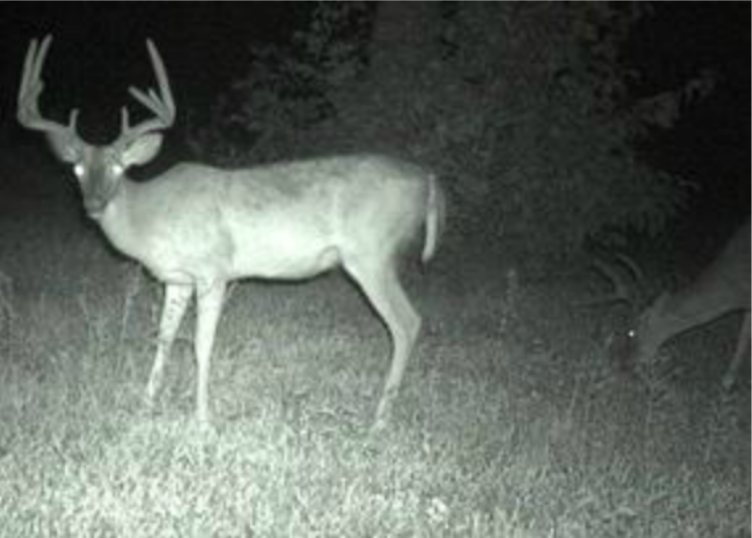Forage Tech Top 10 Tips
Details for the following topics are covered in other areas of the Learning Center. If you want explanations check the topic category.
1. Water – Cover – Food – In the haste to create food plots the basics are the foundation. These basics are water, cover and food. Create water sources if you don’t have them. Bedding zones by clearcut small areas or hinge cutting is important. Property needs bedding areas. Natural food sources such as acorns, persimmons and other fruit and managing native forage by discing, burning or mowing. These items set the base for all other work.
2. Soil Tests – If you want to start a wildlife food plot program you will need the disipline of soil testing. Guessing does not work.
3. Measure your fields accurately – Use GPS, range finders or long measuring tapes to measure your fields accurately. This is imperative for calculating seed, lime and fertilizer.
4. Buy the Best Equipment You can Afford – Items such as quality spreaders, chisel plow, sprayers, mowers and the all important cultipacker will make the other investment for land and your time pay off.
5. Manage Your Timber – Thinning out low value trees in favor of oaks is one of the best things you can do. Clearcutting small areas for bedding but not the whole property will help.
6. Exclusion Baskets – Use exlusuion baskets on every food plot you have. This tells if your crop is growing and what the wildlife eats.
7. Variety of Food – Don’t be a “one crop pony”. Your favorite food plot planting may be corn, burgundy beans, forage oats, turnips or a special variety of clover. However, nutrition for deer is similar to that of adults as it takes a variety of food to obtain the needed nutrients.
8. Manage Existing Native Fruit Trees and Plant Wildlife Orchards – Fall fruit is a magnet for deer and elk providing carbohydrates at the time of year when they are needed.
9. Use Mineral Licks Containing Small Amounts of Salt in lieu of Salt Blocks – Making the wildlife thirsty and therefore drinking large amounts of water instead of eating makes no sense nutrition wise.
10. Stop Using Feeders – Studies have shown that feeders help spread diseases and can attract predators. If you must spread (don’t bait where prohibited) then use a broadcast spreader for your corn or pellets in modest amounts. Don’t spread just before rain.
Research has shown that habitat management can produce a healthier herd and larger antlers. If you really work your program you can expect to add 20″ to the antlers scores on bucks 3.5 years old or older after at least 2 full years. More is possible but the extra effort must be put forth.
More is possible but the extra effort must be put forth.
Picture is deer from Forage Tech demo site in Middle Tennessee.
